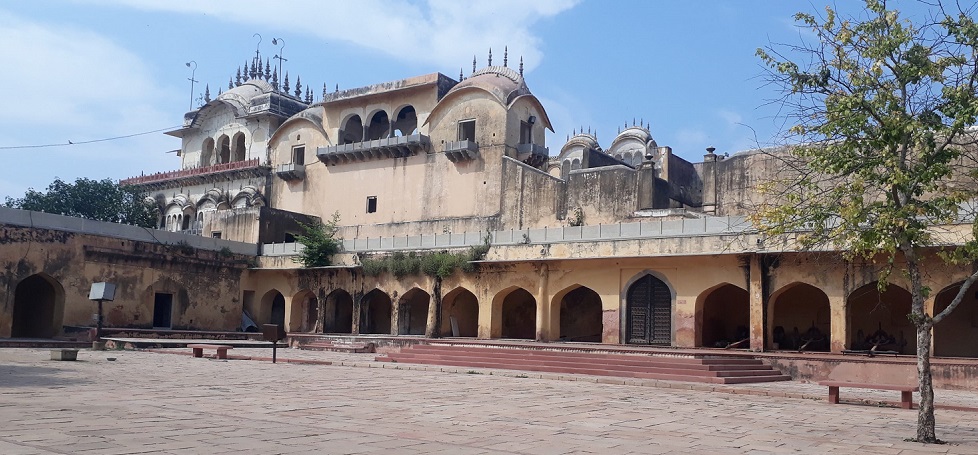In the heart of Rajasthan, where the rugged landscapes of the Aravalli Range meet the untamed spirit of Ranthambore National Park, stands a sentinel of history and grandeur—the imposing Bala Quila. This ancient fortress, perched on a hill, not only narrates tales of a bygone era but also offers panoramic views of the sprawling wilderness below. Join me on a journey through time and nature as we explore the regal Bala Quila near Ranthambore.
A Glimpse into History: Origins of Bala Quila
Bala Quila, also known as the Alwar Fort, has stood the test of time, witnessing centuries of conquests and regal splendor. Its roots trace back to the 15th century when Hasan Khan Mewati, a Khanzada Rajput, laid the foundation of this fortress. Over the years, the fort has seen various rulers, from the Mughals to the Marathas, each leaving their mark on its weathered walls.
The name “Bala Quila” translates to the “Young Fort,” an apt moniker given its strategic location and the vitality it exuded during its heyday. The fort’s architecture reflects a blend of Mughal and Rajput styles, showcasing the cultural amalgamation that Rajasthan is renowned for.
Journey to the Summit: A Tale of Ascension
The ascent to Bala Quila is an adventure in itself. As you wind through the narrow paths carved into the rocky hills, the anticipation builds with each step. The journey is not merely a physical climb but a transition through history, marked by ancient gates, watchtowers, and crumbling bastions.
Reaching the summit, the grandeur of Bala Quila unfolds like a tableau. The massive entrance gate, known as the Jai Pol, welcomes visitors with intricate carvings and imposing architecture. Beyond the gate lies a labyrinth of courtyards, palaces, and temples, each echoing the whispers of centuries gone by.
Panoramic Vistas: Ranthambore’s Wilderness Unveiled
One of the most enchanting aspects of Bala Quila is the breathtaking view it offers of Ranthambore National Park. From the elevated vantage point, the expansive forest stretches like a green tapestry, interrupted only by the rugged contours of the Aravalli hills. Visitors are treated to an unrivaled panorama that encapsulates the untamed beauty of Ranthambore’s wilderness.
As the sun dips below the horizon, casting a warm glow over the landscape, the silhouette of Ranthambore’s iconic tigers may be discerned against the fading light. The symbiotic relationship between the fort and the national park becomes apparent—a testament to the coexistence of history and nature.
Architectural Marvels: Exploring Bala Quila’s Treasures
Within the precincts of Bala Quila lie architectural treasures that whisper tales of opulence and strategic brilliance. The Nikumbh Mahal, a palace within the fortress, boasts delicate frescoes and ornate archways, offering a glimpse into the regal lifestyle of the past. The Suraj Pol, or the Sun Gate, welcomes visitors with its intricate lattice work, a testament to the skilled craftsmanship of the artisans of yesteryears.
As you wander through the palace halls and step onto the ancient balconies, you’re transported back in time—a time when the fort resonated with the echoes of royal courts and military strategies.
Preserving Heritage: Bala Quila in the Modern Era
Bala Quila is not just a relic of the past; it’s a living testament to the efforts of preservationists and historians. Conservation initiatives ensure that the fort continues to stand tall, offering a link between the modern era and the rich legacy it represents. Visitors are not merely observers but participants in the ongoing narrative of Bala Quila.
Conclusion: Where History Meets Wilderness
As you descend from Bala Quila, the echoes of history and the serenity of Ranthambore’s wilderness linger. The fortress stands as a guardian, bridging the realms of the past and present. Bala Quila near Ranthambore National Park isn’t merely a structure; it’s a convergence of history, architecture, and nature—an invitation to traverse the corridors of time while beholding the untamed beauty that stretches below.
